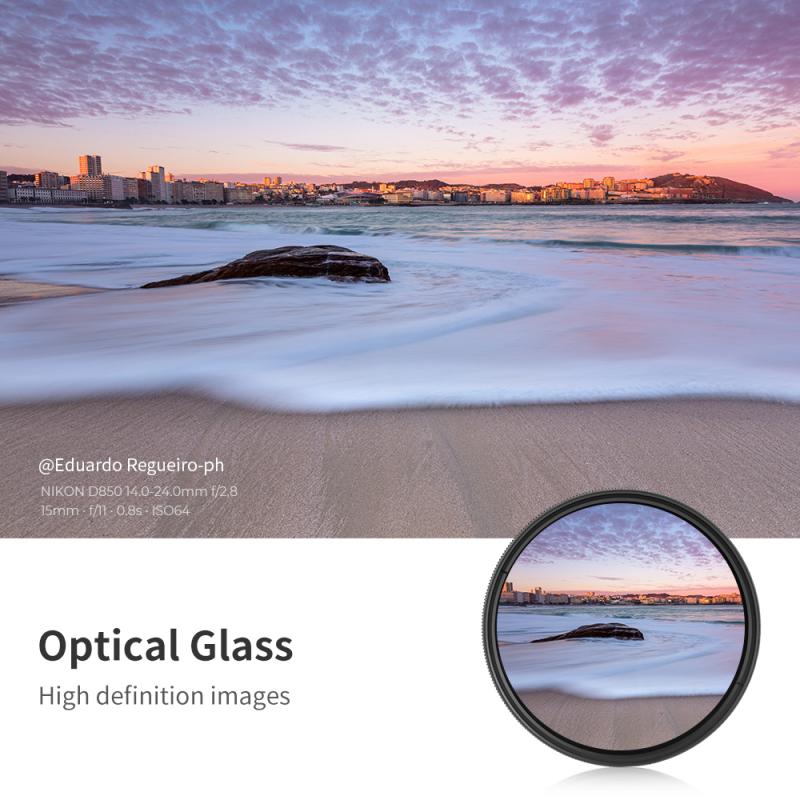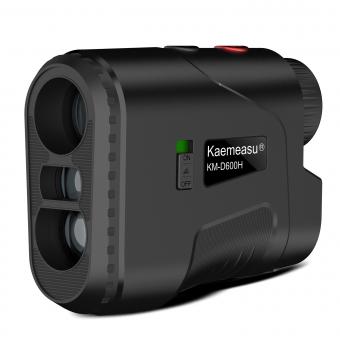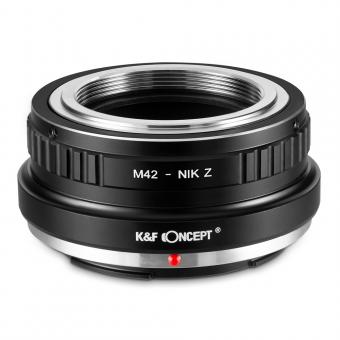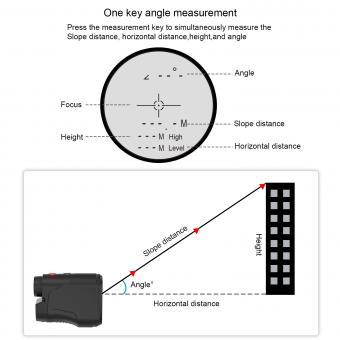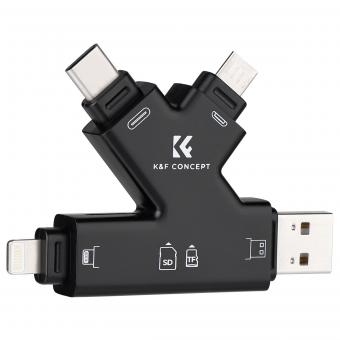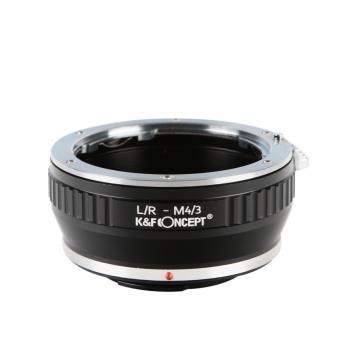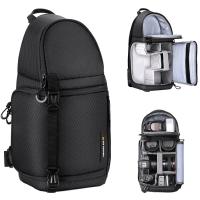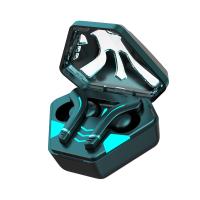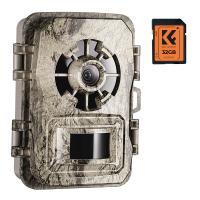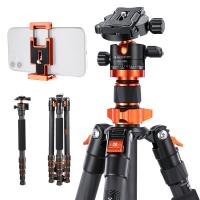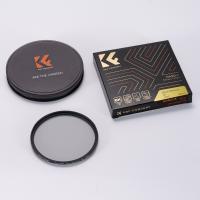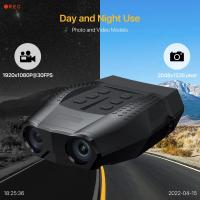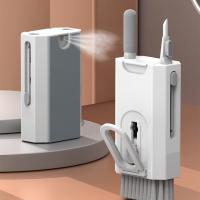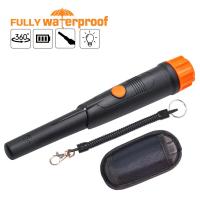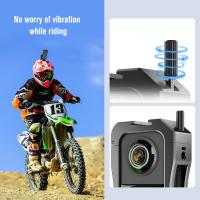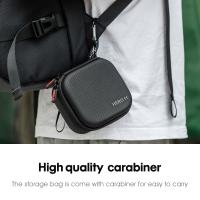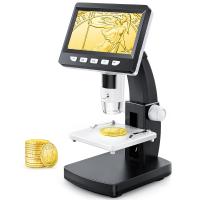How To Use A Leica Rangefinder Camera ?
Using a Leica rangefinder camera involves several steps. First, load the film into the camera and set the ISO speed. Then, adjust the focus by aligning the two images in the viewfinder. Set the aperture and shutter speed according to the lighting conditions and desired depth of field. Finally, press the shutter button to take the photo. The Leica rangefinder camera is known for its precision and high-quality optics, making it a popular choice among professional photographers.
1、 Understanding the basics of a Leica rangefinder camera
Understanding the basics of a Leica rangefinder camera is essential before using it. A Leica rangefinder camera is a precision instrument that requires a certain level of skill and knowledge to operate. The first step is to familiarize yourself with the camera's controls and functions. The Leica rangefinder camera has a simple design, with only a few buttons and dials. The shutter speed dial, aperture ring, and focus ring are the primary controls that you will use to take photos.
To use a Leica rangefinder camera, you need to understand how to focus using the rangefinder mechanism. The rangefinder is a separate window located on the top right corner of the camera. It allows you to focus on your subject by aligning two images in the viewfinder. Once the two images are aligned, you can adjust the focus ring until the subject is in sharp focus.
Another important aspect of using a Leica rangefinder camera is understanding the exposure settings. The camera has a built-in light meter that helps you determine the correct exposure settings. You can adjust the shutter speed and aperture to achieve the desired exposure. The camera also has a manual mode that allows you to set the exposure manually.
In recent years, Leica has introduced digital rangefinder cameras that combine the classic design of the rangefinder with modern digital technology. These cameras offer advanced features such as autofocus, high-resolution sensors, and video recording capabilities. However, the basic principles of using a Leica rangefinder camera remain the same.
In conclusion, using a Leica rangefinder camera requires a basic understanding of its controls and functions. With practice and experience, you can master the art of using this precision instrument to capture stunning photographs.
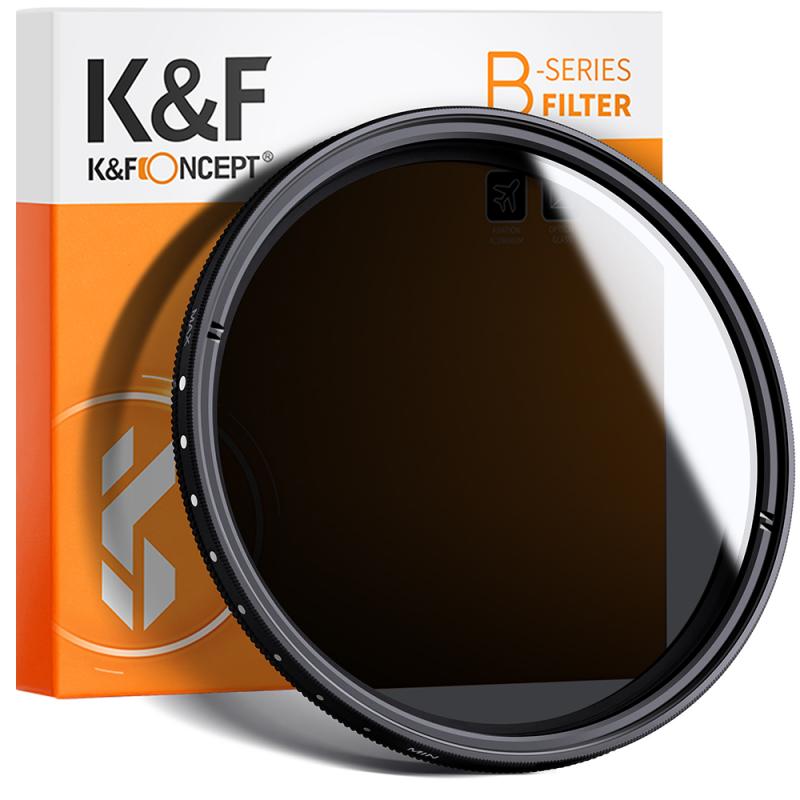
2、 Focusing techniques for a Leica rangefinder camera
Focusing techniques for a Leica rangefinder camera:
Focusing with a Leica rangefinder camera can be a bit different from other types of cameras. The rangefinder system uses a split-image viewfinder to help you focus on your subject. Here are some tips for using a Leica rangefinder camera:
1. Use the split-image viewfinder: The split-image viewfinder is the heart of the rangefinder system. It splits the image into two halves and you need to align them to focus. When the two halves are aligned, your subject is in focus.
2. Use the magnification feature: Most Leica rangefinder cameras have a magnification feature that allows you to zoom in on your subject. This can be helpful when you need to focus on a small detail.
3. Use the depth of field scale: The depth of field scale on the lens can help you determine the range of distances that will be in focus. This can be helpful when you want to create a specific depth of field effect.
4. Use the hyperfocal distance: The hyperfocal distance is the distance at which everything from half that distance to infinity will be in focus. This can be helpful when you want to capture a scene with maximum sharpness.
5. Practice, practice, practice: Focusing with a Leica rangefinder camera takes practice. The more you use it, the more comfortable you will become with the rangefinder system.
In conclusion, using a Leica rangefinder camera requires a bit of practice and patience. However, once you get the hang of it, you will be able to capture stunning images with maximum sharpness and clarity.
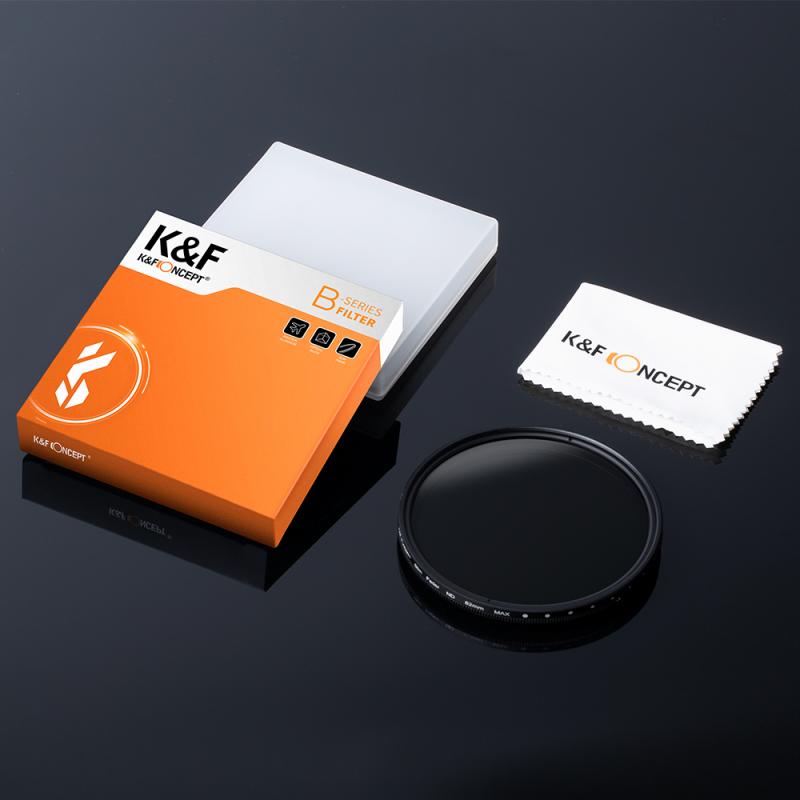
3、 Choosing the right lens for your Leica rangefinder camera
Choosing the right lens for your Leica rangefinder camera is crucial to achieving the best results. Leica rangefinder cameras are known for their exceptional image quality and precision, and the right lens can enhance these qualities even further.
When selecting a lens for your Leica rangefinder camera, consider the type of photography you will be doing. If you are shooting portraits, a 50mm or 75mm lens is a good choice. For landscape photography, a wider angle lens such as a 28mm or 35mm is ideal. If you are interested in street photography, a 35mm or 50mm lens is a popular choice.
Another important factor to consider is the aperture of the lens. A wider aperture, such as f/1.4 or f/2, allows for more light to enter the lens, which is useful in low light situations and for creating a shallow depth of field. However, lenses with wider apertures tend to be more expensive.
It is also important to consider the build quality of the lens. Leica lenses are known for their exceptional build quality and durability, and investing in a high-quality lens can make a significant difference in the longevity and performance of your camera.
In recent years, Leica has also introduced a range of modern lenses with autofocus capabilities, which can be a useful feature for certain types of photography.
Overall, choosing the right lens for your Leica rangefinder camera requires careful consideration of your photography needs and budget. With the right lens, you can achieve exceptional image quality and precision that is characteristic of Leica cameras.
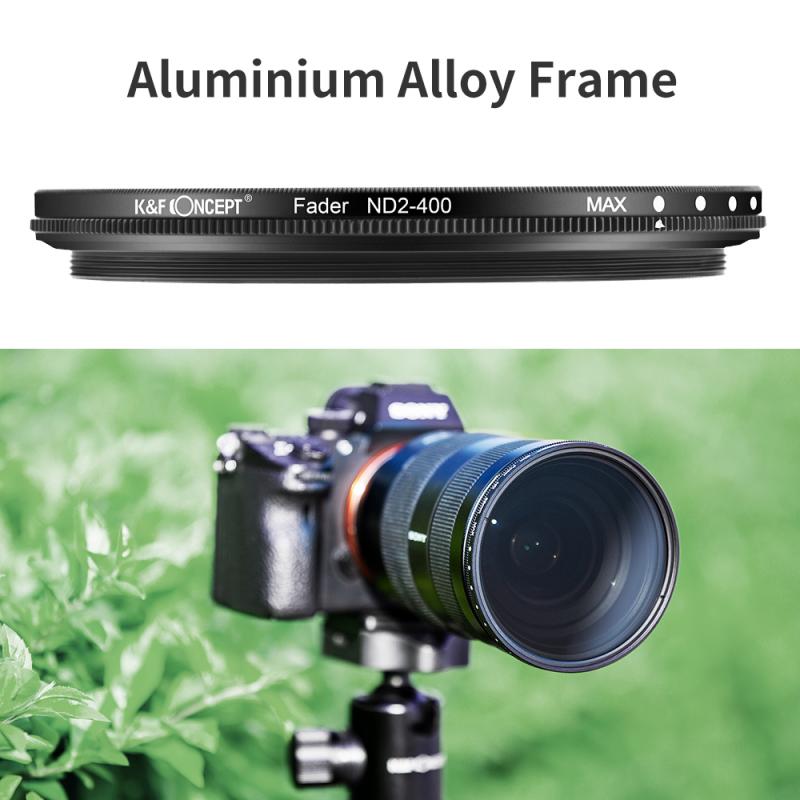
4、 Metering and exposure settings for a Leica rangefinder camera
Metering and exposure settings for a Leica rangefinder camera:
Leica rangefinder cameras are known for their simplicity and precision. When it comes to metering and exposure settings, Leica cameras offer a range of options to suit different shooting scenarios.
One of the most popular metering modes on Leica cameras is center-weighted metering. This mode measures the light in the center of the frame and gives more weight to that area when calculating the exposure. This is useful for portraits and other situations where the subject is in the center of the frame.
Another option is spot metering, which measures the light in a small area of the frame. This is useful for high-contrast scenes where you want to expose for a specific part of the image, such as a bright sky or a dark shadow.
Leica cameras also offer exposure compensation, which allows you to adjust the exposure up or down by a certain amount. This is useful when shooting in tricky lighting conditions or when you want to intentionally over or underexpose an image for creative effect.
In addition to these metering and exposure settings, Leica cameras also offer a range of manual controls for shutter speed, aperture, and ISO. This gives photographers complete control over the exposure and allows for more creative freedom.
Overall, using a Leica rangefinder camera for metering and exposure settings is a straightforward process that offers a range of options to suit different shooting scenarios. With its precision and simplicity, a Leica camera is a great choice for photographers who value quality and control in their images.
